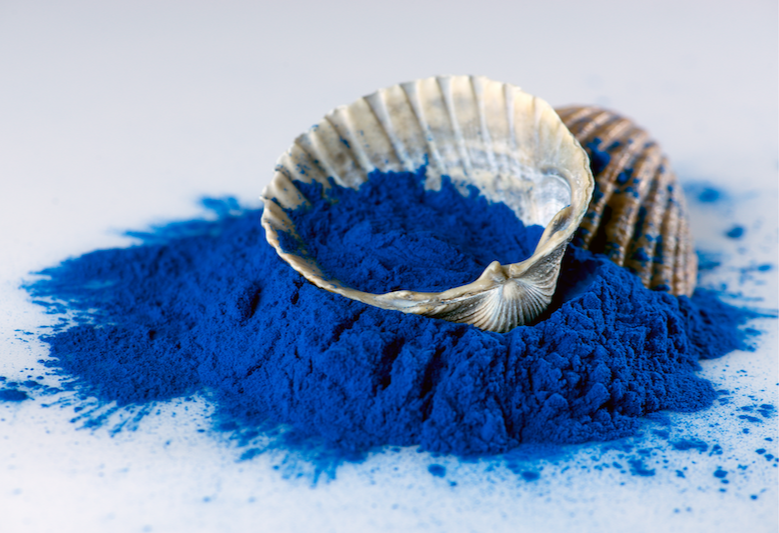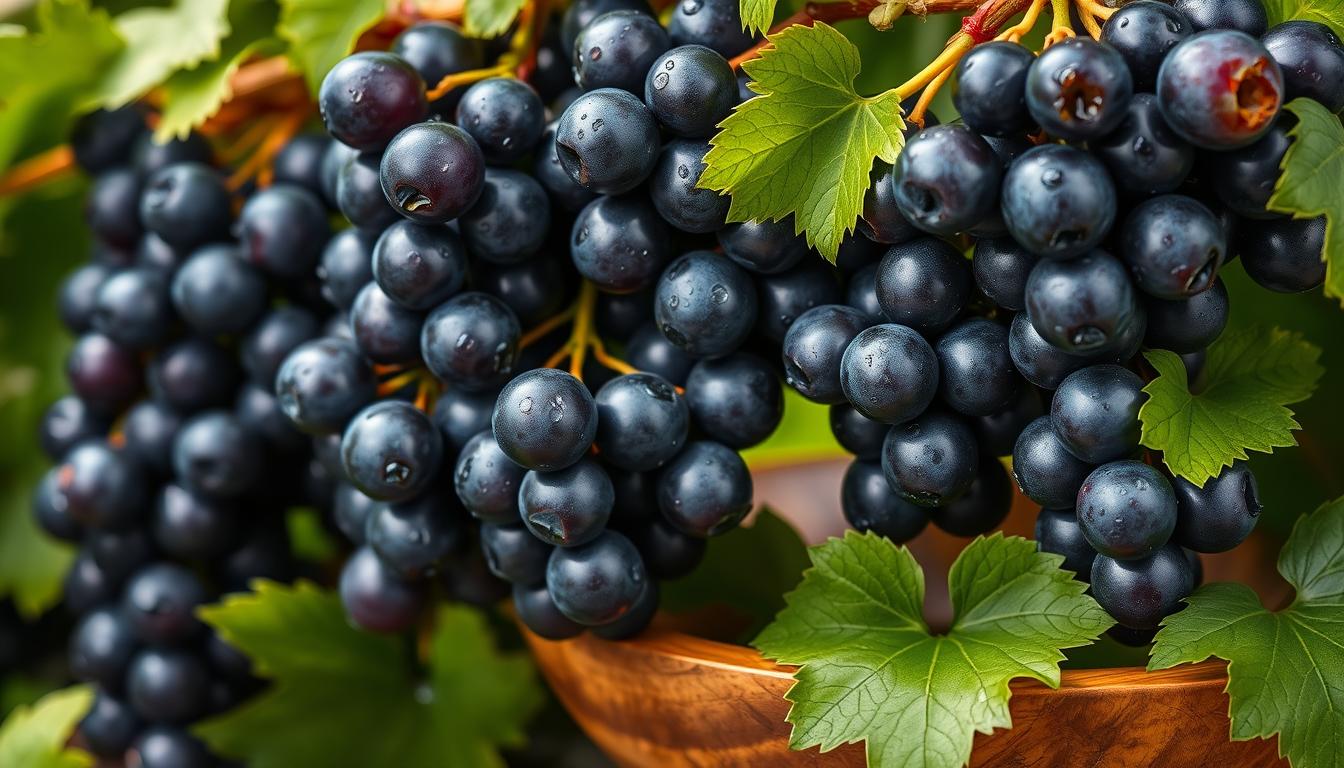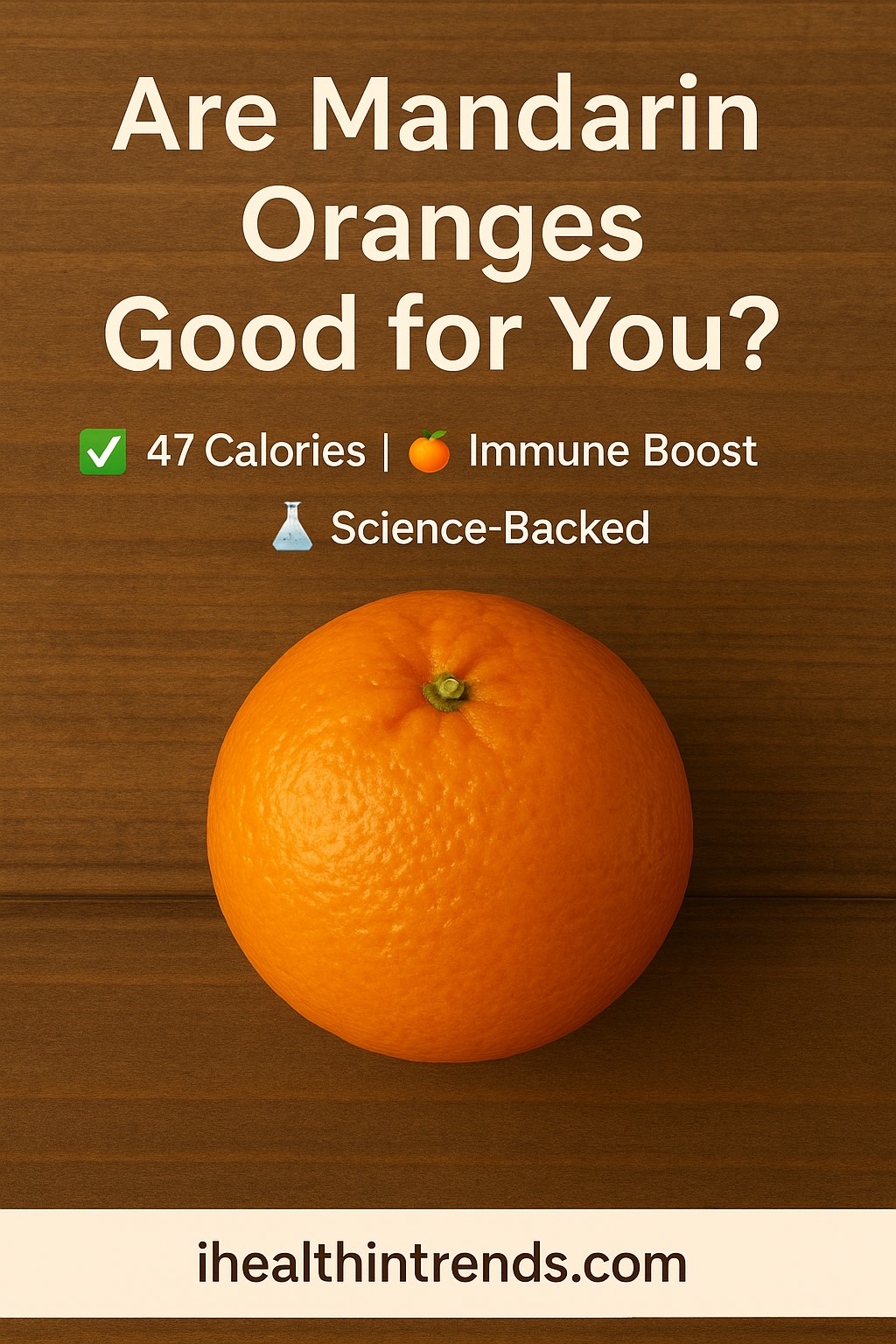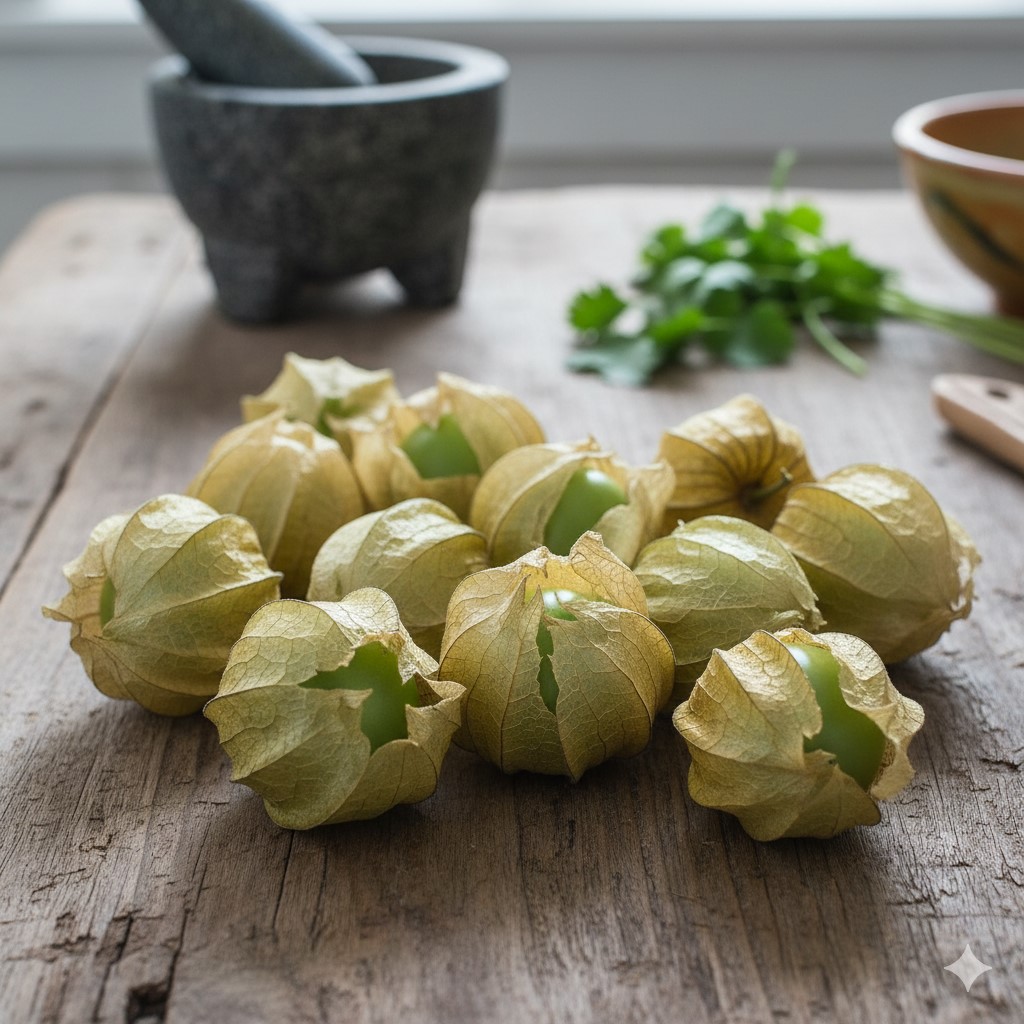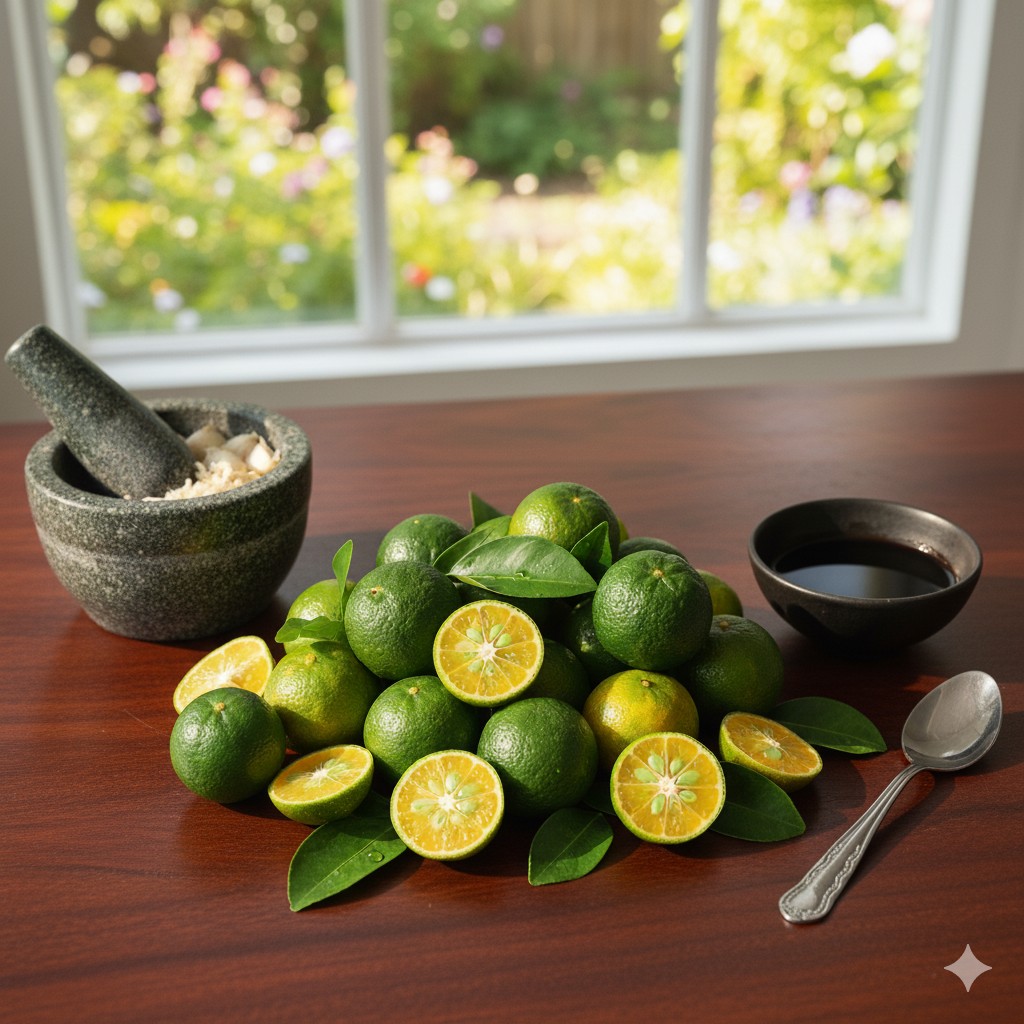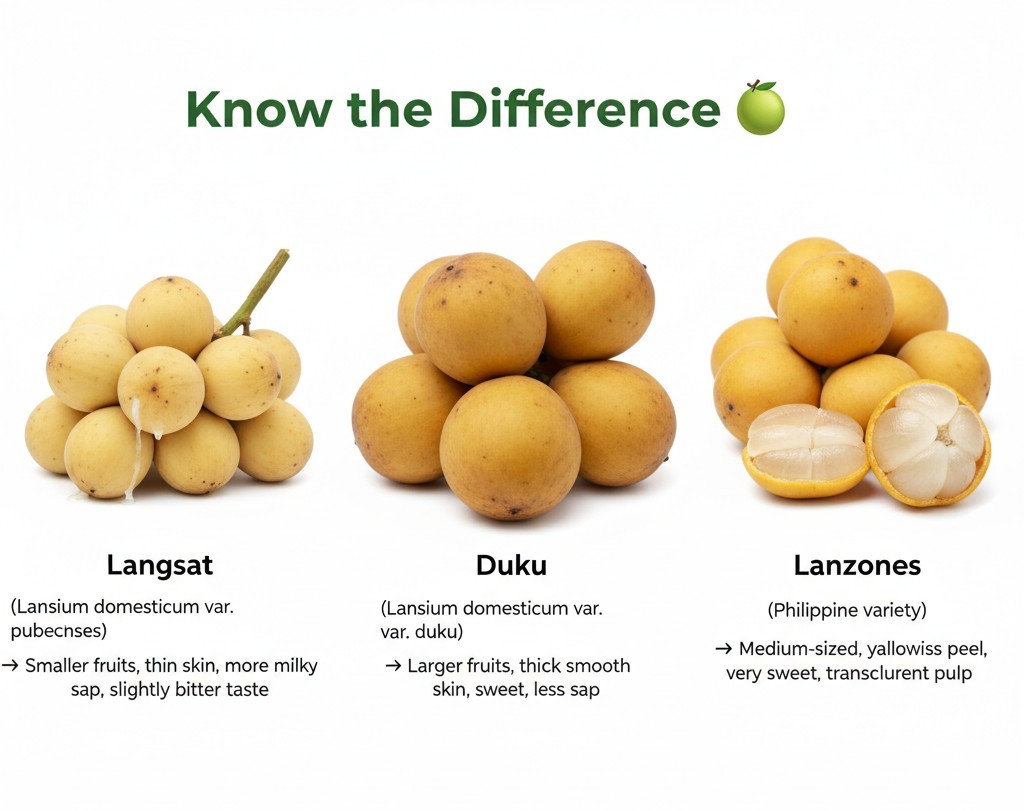If you’ve ever peeled open a juicy mandarin and wondered, “Just how healthy is this little citrus gem?” — you’re not alone.
In our previous guide, we answered the big question: Are mandarin oranges good for you? (Spoiler: Yes — and here’s why.)
Now, let’s go deeper.
Welcome to The Ultimate Mandarin Orange Nutrition Guide — your complete, science-backed resource on everything about mandarins:
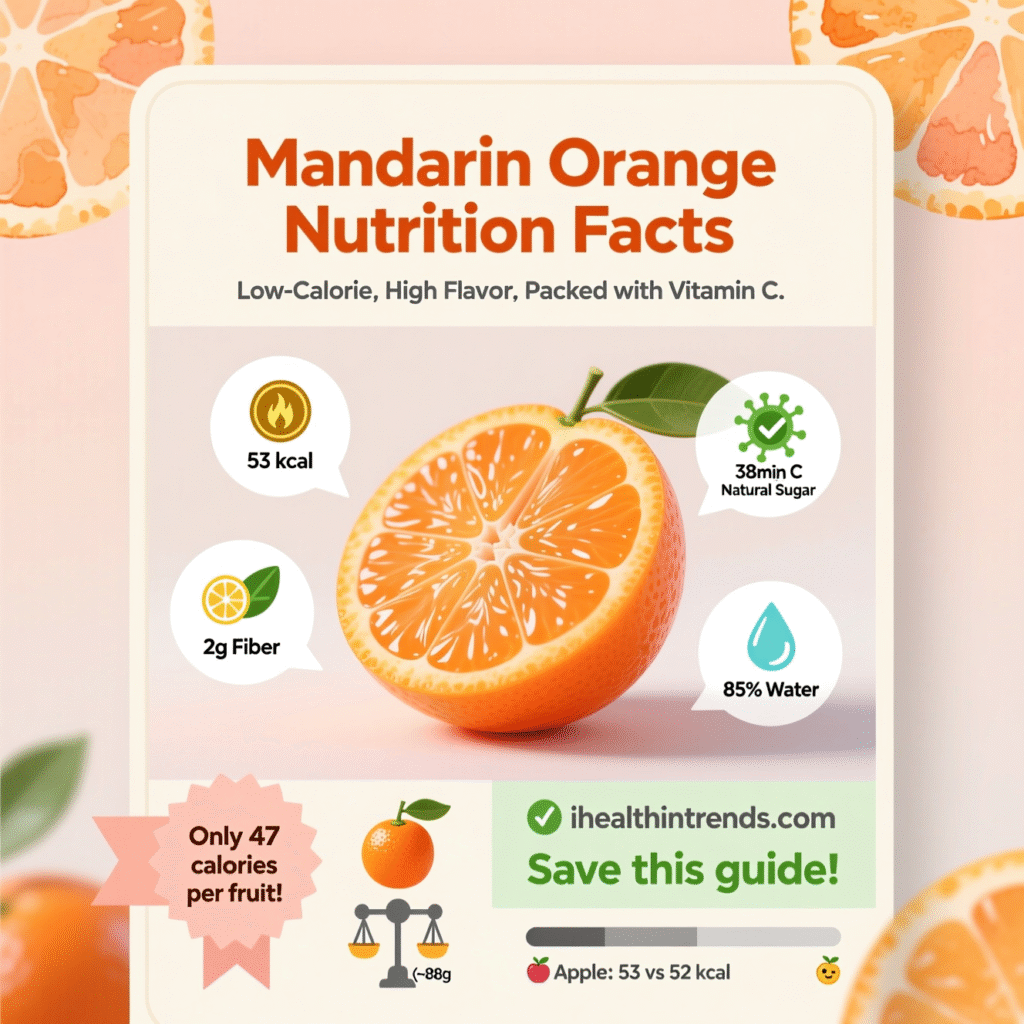
- 🔢 Detailed nutrition facts & calories
- 🍊 Types of mandarins (and how they differ)
- 💪 Proven health benefits (with research)
- 🛒How to pick, store, and use them
- 🧪Organic vs. conventional, safety, and FAQs
Whether you snack on clementines daily or just love their sweet-tart flavor, this guide has everything you need to know.
🍊 What Is a Mandarin Orange?
Mandarin oranges (Citrus reticulata) are a small, sweet citrus fruit known for their easy-to-peel skin and seedless (or low-seed) segments. They’re the ancestors of many popular citrus varieties and are the most widely cultivated citrus fruit in the world.
Unlike common oranges (Citrus sinensis), mandarins are:
- Smaller and flatter
- Sweeter and less acidic
- Easier to peel
- Often eaten by hand — no knife needed!
They’re especially popular in Asia, the Mediterranean, and North America during winter months (November–April).
Mandarin Orange Nutrition
Let’s break down calories in mandarin orange what’s inside this tiny powerhouse.
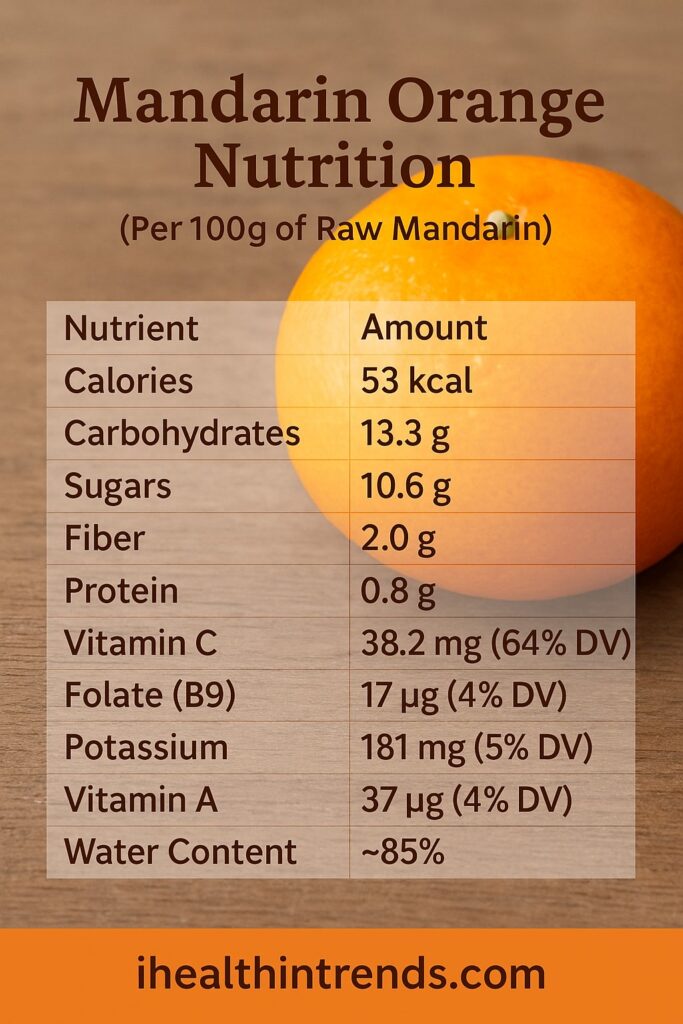
🍋 One average mandarin (~88g) = ~47 calories, ~9g sugar, ~2g fiber, and over half your daily vitamin C.
Compared to a navel orange (100g):
- Lower in calories
- Slightly higher in vitamin C
- Much easier to eat on the go
Perfect for snacks, lunchboxes, or adding to salads.
Unlike segmented citrus, lanzones has garlic-like clusters—but delivers a similarly refreshing burst of vitamin C.
Types of Mandarin Orange: What’s the Difference?
Not all mandarins are the same! Here’s a look at the most common varieties you’ll find.”
🍊Clementine
- Flavor: Very sweet, mild
- Skin: Super thin, tight — peels like a dream
- Seeds: Usually seedless (perfect for kids!)
- Season: Nov – Jan
- Best For: Holiday snacks, lunchboxes, quick energy
🍊 Tangerine
- Flavor: Tangy-sweet — classic citrus zing
- Skin: Loose, puffy (“tangy” feel) — easy to tear open
- Seeds: Some seeds (check before eating)
- Season: Oct – Apr
- Best For: Snacking, juicing, adding to salads
🍊 Satsuma
- Flavor: Delicate, floral — less acidic than others
- Skin: Very loose, tears open with fingers — no knife needed
- Seeds: Seedless — super convenient
- Season: Nov – Feb
- Best For: Seniors, babies, mess-free snacking
🍊 Honey Murcott (Murcott Honey Tangerine)
- Flavor: Rich, honey-like sweetness — intense and juicy
- Skin: Sticky, slightly harder to peel — worth the effort!
- Seeds: Some seeds (watch out)
- Season: Feb – Apr
- Best For: Flavor lovers, seasonal treat, dessert-style eating
🍊 Tangelo (e.g., Minneola)
- Flavor: Tart-sweet hybrid — tangerine + grapefruit twist
- Skin: Bumpy with a signature “neck” — unique look
- Seeds: Few seeds — mostly seedless
- Season: Dec – Mar
- Best For: Juicing, bold citrus fans, holiday gifting
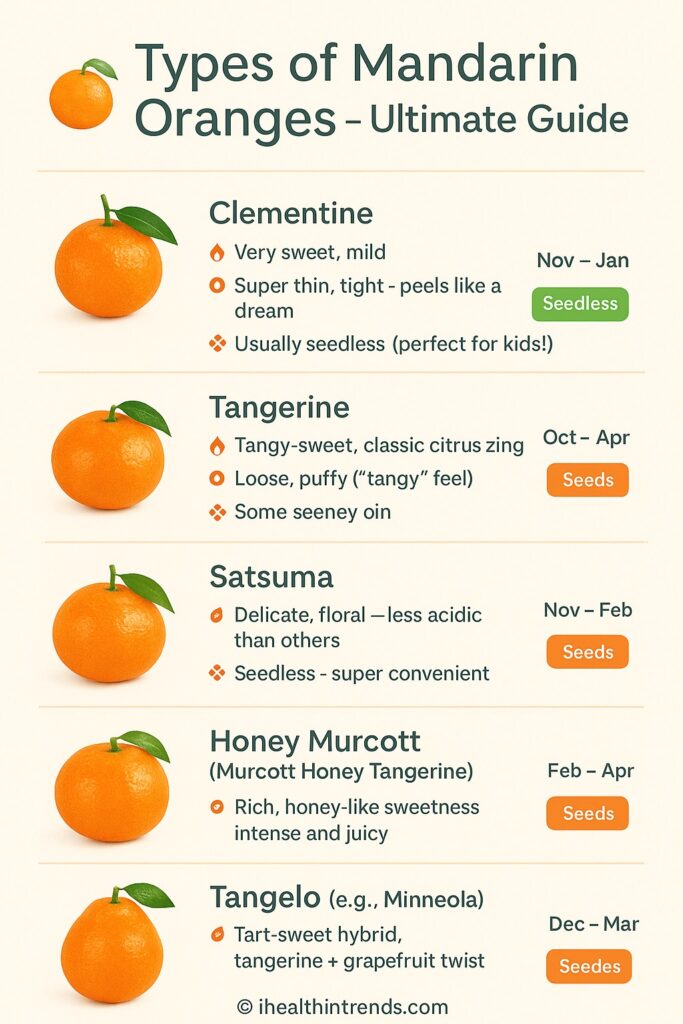
💡 Pro Tip: Add This Line After All Types
🎯How to Pick the Best? Look for heavy, firm mandarin citrus fruits with smooth skin — they’re juicier! Avoid soft spots or mold, especially around the stem.
Health Benefits of Mandarin Oranges
While we briefly covered the benefits in our “Are mandarin oranges good for you?” post, let’s dive into the science behind why they’re so good for you.
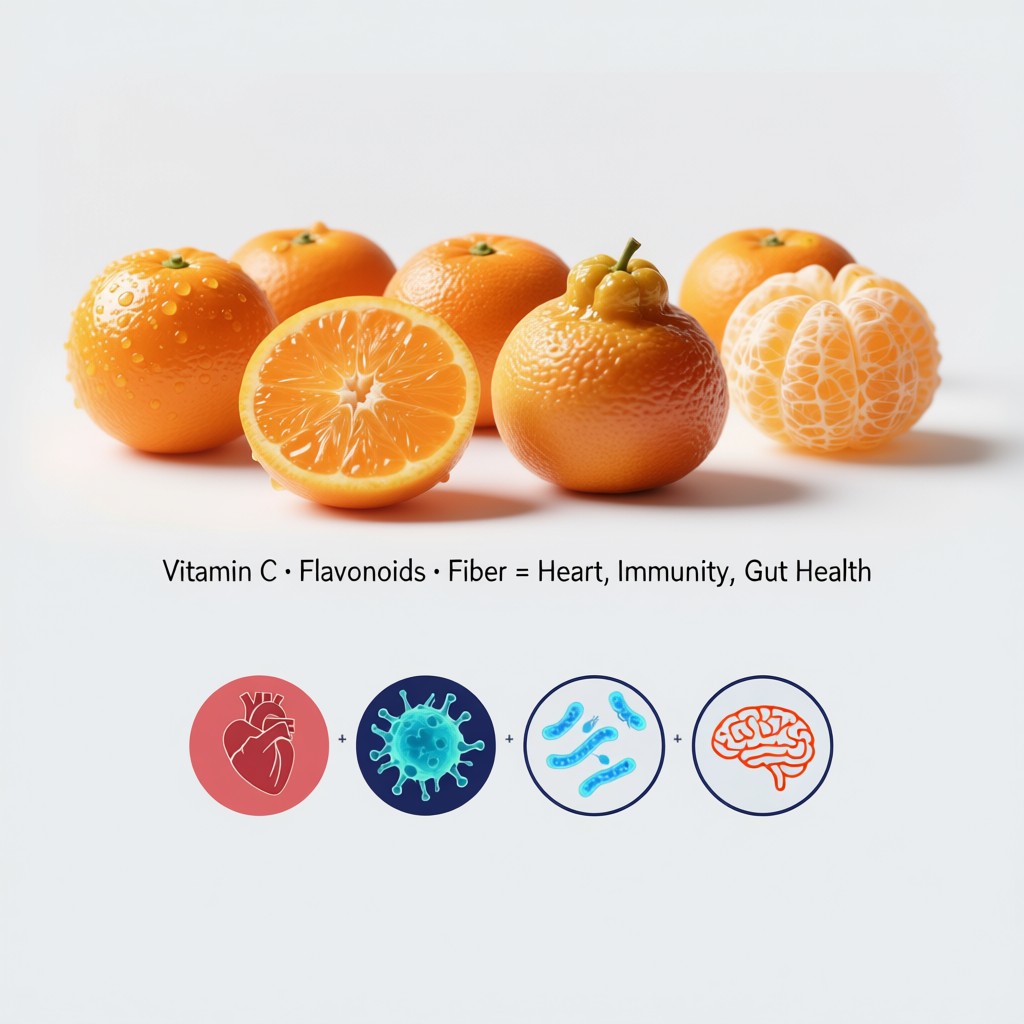
- Boosts Immune Function
Rich in vitamin C, mandarins help stimulate white blood cell production and act as antioxidants.
🔍 Study: Vitamin C may reduce duration of colds by 8% in adults (Hemilä & Chalker, 2013, Cochrane Database).
2. Supports Heart Health
Flavonoids like hesperidin and nobiletin improve blood vessel function and reduce inflammation.
🔍 Study: Zhao Y, et al. (2018) – “Nobiletin attenuates VLDL overproduction in metabolic syndrome”
Published in: Journal of Nutritional Biochemistry or PubMed (PMC59522589)
3. Aids Digestion & Gut Health
With 2g of fiber per 100g, mandarins promote regular bowel movements and feed beneficial gut bacteria (prebiotic effect).
4. May Help with Weight Management
Low in calories, high in water and fiber — mandarins increase satiety without spiking blood sugar. Great for healthy snacking!
5. Antioxidant & Anti-Inflammatory Effects
Packed with flavonoids, carotenoids, and vitamin C, mandarins combat oxidative stress linked to aging and chronic disease.
How to Buy, Store & Use Mandarin Oranges
How to Pick the Best Ones
- Look for weight: Heavier = juicier
- Skin should be bright orange, not greenish or dull
- Avoid soft spots or mold (especially around the stem)
❌ Don’t Wash Until Ready to Eat
Washing too early can trap moisture and speed up spoilage.
Storage Tips
- Room temp (short-term): 3–5 days
- Fridge (long-term): Up to 2 weeks in crisper drawer
- Freezing: Peel and segment, then freeze in a single layer — great for smoothies!
Ways to Enjoy Mandarins

- Snack on them plain
- Add to salads (spinach + mandarin + walnuts = classic!)
- Blend into smoothies
- Make mandarin sorbet or jam
- Use zest in baking or dressings
Organic vs. Conventional: Are Organic Mandarins Worth It?
Mandarins are often on the Clean Fifteen list (Environmental Working Group), meaning they’re among the lowest in pesticide residues — even when grown conventionally.
But if you prefer organic:
- ✔️ No synthetic pesticides
- ✔️ Better for farm workers and environment
- ❌More expensive
Verdict: Both are safe. Choose organic if budget allows, but don’t stress if you buy conventional — just rinse before peeling.
FAQ’S
Can diabetics eat mandarin oranges?
Yes — in moderation. One mandarin has ~10g natural sugar and 2g fiber, so it has a low glycemic load. Pair with protein (like nuts) to slow sugar absorption
Are mandarins safe for dogs?
Small amounts are okay, but avoid regularly. Citrus oils and sugars can upset their stomach.
Why do my mandarins taste bitter?
Overripe fruit, exposure to cold, or certain varieties (like late-season Murcotts) can be bitter. Store properly and eat within a week or two.
Do mandarins help with weight loss?
They’re not a “fat-burning” food, but their low calories, high water, and fiber content make them an excellent snack replacement for processed foods.
Final Thoughts: Mandarin Oranges Are a Nutritional Powerhouse
From boosting immunity to supporting heart health, mandarin oranges are far more than just a convenient snack — they’re a nutrient-dense, science-backed superfood of the citrus world.
We already answered the basics in our earlier post: Are mandarin oranges good for you? — now you know exactly why, how to choose them, and how to get the most out of every juicy segment.
📌 Save this guide for your next grocery run, meal prep, or citrus curiosity!
Want More?
👉 Read our simple verdict: Are Mandarin Oranges Good for You? (Quick Science Answer)
👉 Explore: Citrus Nutrition Series: Oranges vs. Mandarins vs. Clementines (coming soon!)
References:
- Vitamin C for preventing and treating the common cold – Hemilä, H – 2013 | Cochrane Library
- The Nutritional Composition of Natural and Organic Branded Food Products: A Cross-Sectional Analysis of the Greek Foodscape
- Hesperidin Benefits and What the Research Says – verywellhealth
- Journal of Plant Medicines: Nobiletin from Citrus Fights Cancer, Heals Liver, Heart
- Nobiletin Inhibits Hepatic Lipogenesis via Activation of AMP‐Activated Protein Kinase
- Dietary fiber: Essential for a healthy diet – Mayo Clinic
- USDA FoodData Central
